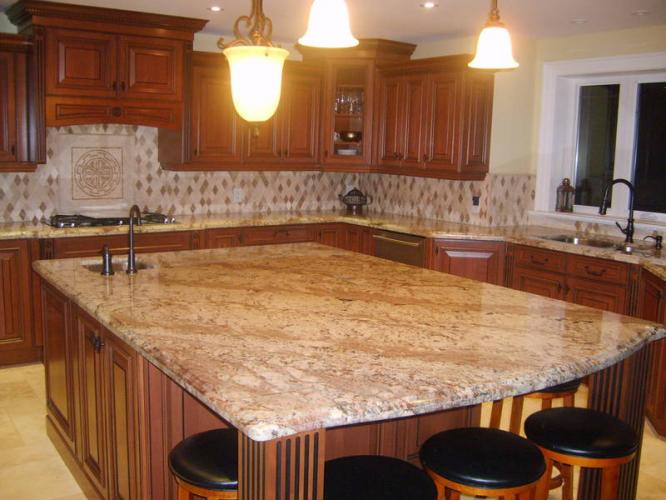When I began my initial foray into the world of vegetables, I was a weekend gardener with limited time and no garden education. My only knowledge of vegetable gardening was definitely of the big-square-plot-of-dirt, row-each-of-tomatoes-beans-lettuces-etc. school of kitchen gardening. That was how I thought all vegetable gardens looked. Big. Plain. Rectangular. Aggressively functional with a nodding proximity to Tobacco Road.
Since then, I've learned that this strictly utilitarian model was a 19th-century invention. It developed as people moved away from rural life and home gardens to the cities, as production became centralized on industrial-size farms, and as machines that worked best when moving straight ahead replaced human labor. Then the whole thing got retranslated back to the backyard. The older, far more pleasing, approach, which reigned in backyards across the globe as long ago as the pleasure gardens of Babylon and right up through the 18th century, was based on smaller, more intimate plots, often divided into garden "rooms," incorporating a scheme of multiple raised beds planted with a diverse mixture of herbs, vegetables, fruit trees, and flowers.
Start with Design
Do you want to create a kitchen garden that's as beautiful to look at as it is productive? Start by banishing the idea of a single, vast patch of upturned earth with regiment after regiment of linearly disposed vegetables marching across it. Instead embrace the idea of growing vegetables in a decorative, multiple-parterre planting within a fenced or walled space. You have now opened the door to a far more pleasurable experience on every level. More soothing to be in. Far easier to work.
The first step on this journey is to eliminate the prototypical rectangle from your vocabulary and let your mind wander freely over all the other geometric possibilities. Picture an octagonal garden. Or a square one with semicircular island beds, or one further divided into pie-wedged beds, or even a quartet of rooms. How about an enfilade of smaller plots linked by fruit trees trained into arbor form, chaining across a lawn or encircling a central water feature?
Raise your beds
Once you've imagined the exterior shape possibilities of your space, consider the dual concepts of "raised" and "multiple" bedding plans as the interior design ideal. Early gardeners, from the Aztecs at Tenochtitlan to the ancient Egyptians to 9th-century Swiss monks, recognized that a bed raised even a scant 6 inches above path level provided infinitely better drainage than a bed built flush with the soil. Gardeners today also find that raised beds heat up faster in spring, adding days (or even weeks) to your growing season. Raised beds allow for far easier soil amendment, too. Build up a bed 12 or 18 inches above path grade, and you can fill it with the ideal mix of topsoil and other amendments. And when the soil is at shin level, weeding and harvesting are less of a strain on your back.
Vegetable gardeners across every continent have learned that beds built no broader than 4 to 5 feet, separated by paths, allow you to reach into the middle of each bed without stepping into it. This keeps you from ranging through your seedlings, compacting the soil and crushing plants underfoot. Moreover, you can work with your feet planted in a nice, clean path rather than in the middle of a muddy bed.
Visit here for more:
- Home
- Blog
- Forum
- Green Home Topics

- »Healthy Home
- »Water Conservation
- »Energy Efficiency
- »Materials & Products
- »Resources
- Videos
- »From the Experts
- Remodeling with Passive House Approach
- How to Choose an Advanced Water Heater
- Choosing A Whole-House Ventilation System
- Selecting High Performance Windows
- Toward Zero Energy at Home - A Personal Example
- Remodel to Passive House Standards
- An Introduction to Ecological Landscaping
- Weingarten House at San Benancio - Energy
- A Deep Energy Retrofit Project
- Directory
- Events/News

- Shop
- About Us





